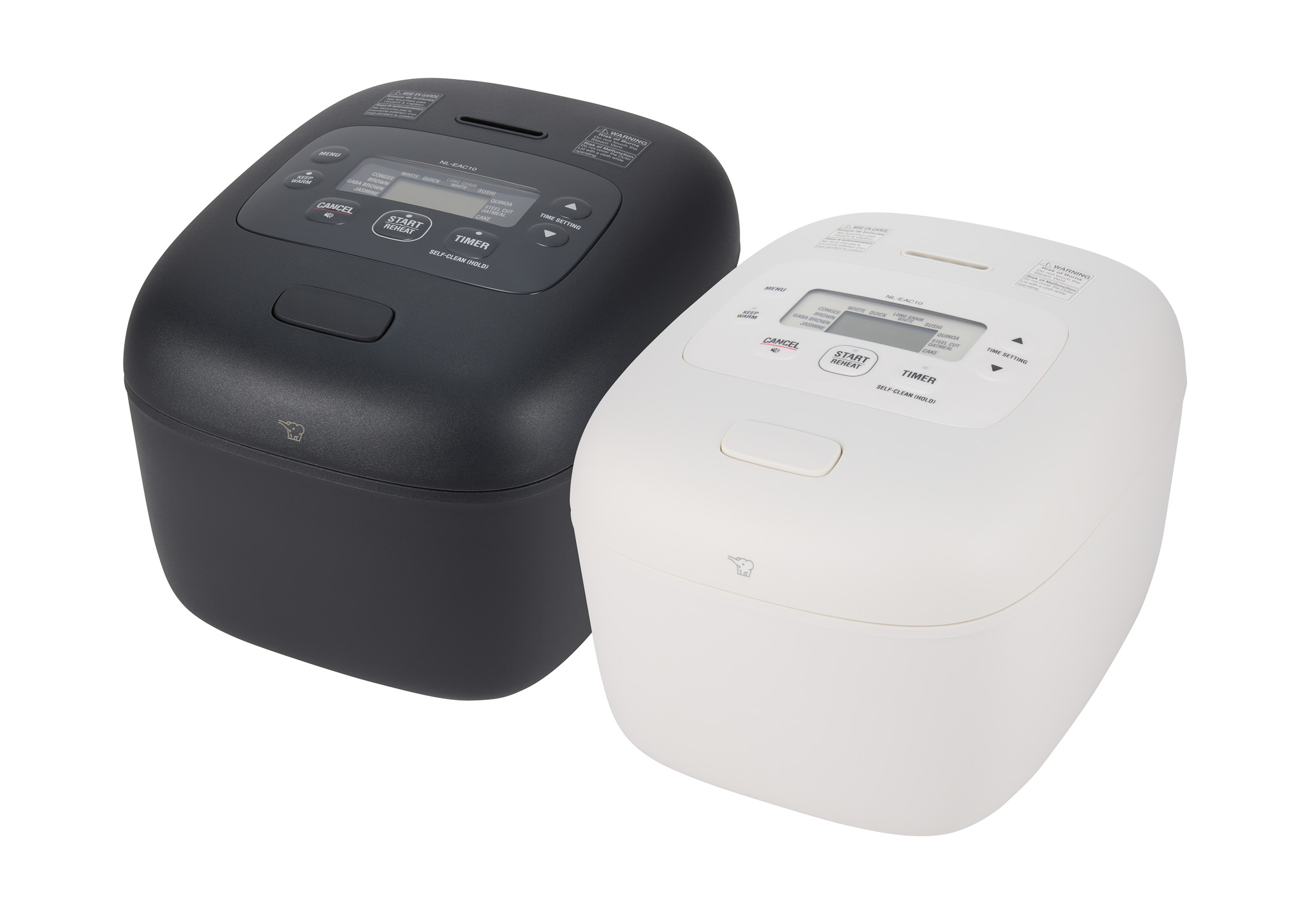Category: About Rice

The Ultimate Guide to Choosing the Right Rice Cooker Setting
Read more: The Ultimate Guide to Choosing the Right Rice Cooker SettingCooking rice at home sounds simple, until you’re standing in front of your rice cooker,…

Tips on How to Store Rice (Before and After Cooking)
Read more: Tips on How to Store Rice (Before and After Cooking)Today, we will be diving into how to properly store rice so that it can…

How Is Rice Grown? A Complete Guide
Read more: How Is Rice Grown? A Complete GuideThe first step in how to grow rice is to prep the rice fields or…

A Guide to Different Types of Rice
Read more: A Guide to Different Types of RiceYou might be familiar with white and brown rice, and perhaps even a few others,…

Everything You Need to Know about Rice Flour
Read more: Everything You Need to Know about Rice FlourRice is by far one of the most versatile foods on the planet, feeding over…

Tips to Cook Rice Perfectly
Read more: Tips to Cook Rice PerfectlyAt Zojirushi, we test enormous amounts of rice every year to perfect our rice cooking…




